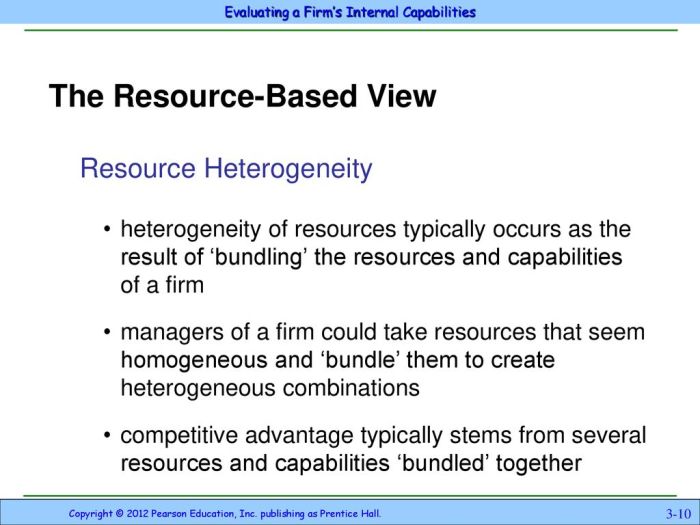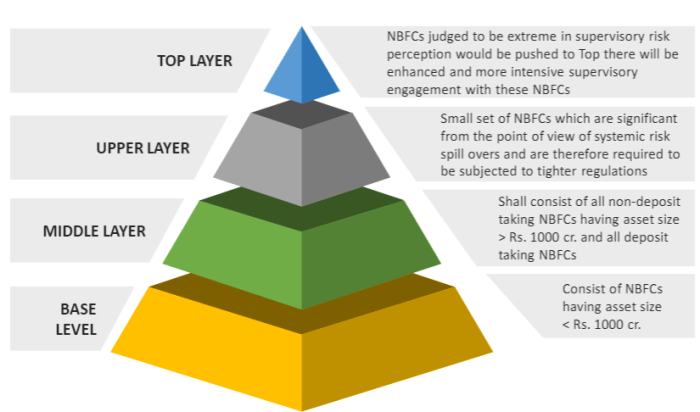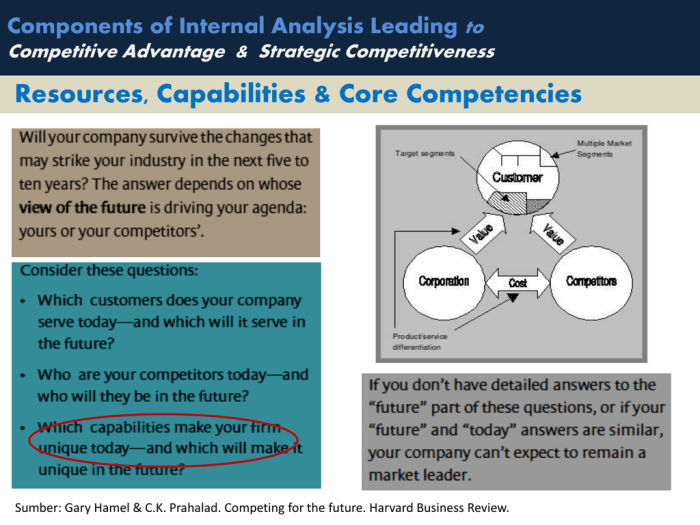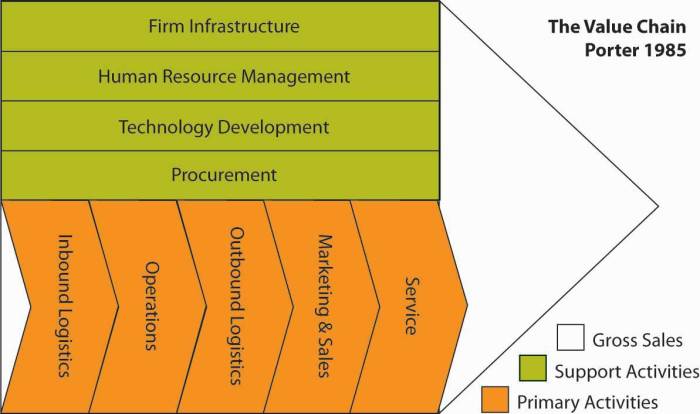Organizing firm specific resources and capabilities as a bundle – Organizing firm-specific resources and capabilities as a bundle is a strategic approach that enables firms to leverage their unique assets and create sustainable competitive advantage. This comprehensive guide delves into the concept, benefits, and challenges of bundling firm-specific resources and capabilities, providing valuable insights for practitioners and researchers alike.
The practice of bundling firm-specific resources and capabilities involves combining and leveraging the unique strengths and capabilities of a firm to create a differentiated offering. By effectively organizing these resources, firms can enhance their value proposition, optimize resource allocation, and respond nimbly to market dynamics.
Defining Firm-Specific Resources and Capabilities

Firm-specific resources and capabilities are assets and abilities that are unique to a particular firm and provide it with a competitive advantage. These resources and capabilities can be tangible, such as physical assets or financial resources, or intangible, such as brand reputation or employee skills.
Firm-specific resources and capabilities are distinct from generic resources and capabilities, which are common to all firms in an industry. Generic resources and capabilities are not sustainable sources of competitive advantage because they can be easily imitated or acquired by competitors.
Examples of firm-specific resources and capabilities include:
- Unique manufacturing processes
- Proprietary technology
- Strong brand recognition
- Skilled and experienced workforce
- Access to unique raw materials or markets
Bundling Firm-Specific Resources and Capabilities

Bundling firm-specific resources and capabilities involves combining them in a way that creates value greater than the sum of their individual parts. This can be done by:
- Combining complementary resources and capabilities
- Creating new products or services that leverage multiple resources and capabilities
- Developing new markets or channels for existing products or services
Bundling resources and capabilities can provide a number of benefits, including:
- Increased efficiency and effectiveness
- Improved product or service quality
- Reduced costs
- Enhanced competitive advantage
However, bundling resources and capabilities can also be challenging, as it requires careful planning and coordination. Some of the challenges include:
- Identifying the right resources and capabilities to bundle
- Integrating the resources and capabilities effectively
- Managing the costs and risks associated with bundling
Organizing Firm-Specific Resources and Capabilities
| Type of Resource or Capability | Examples |
|---|---|
| Physical assets | Land, buildings, equipment |
| Financial resources | Cash, investments, credit lines |
| Human resources | Employees, skills, knowledge |
| Organizational resources | Structure, culture, processes |
| Technological resources | Patents, trademarks, copyrights |
Firms can organize their resources and capabilities in a variety of ways to create value. Some common approaches include:
- Functional organization:Resources and capabilities are organized by function, such as marketing, finance, and operations.
- Product-based organization:Resources and capabilities are organized around specific products or services.
- Matrix organization:Resources and capabilities are organized by both function and product or service.
The choice of organizational structure will depend on a number of factors, including the firm’s size, industry, and strategic goals.
Assessing the Value of Bundled Resources and Capabilities

Assessing the value of bundled resources and capabilities is critical to ensure that the firm is making the most effective use of its resources. There are a number of financial and non-financial metrics that can be used to evaluate the effectiveness of bundling, including:
- Financial metrics:Revenue growth, profit margins, return on investment
- Non-financial metrics:Market share, customer satisfaction, employee engagement
Firms should also consider the long-term value of their bundled resources and capabilities. This can be done by assessing the firm’s ability to innovate and adapt to changing market conditions.
Managing Firm-Specific Resources and Capabilities: Organizing Firm Specific Resources And Capabilities As A Bundle

Managing firm-specific resources and capabilities is an ongoing process that requires careful planning and execution. Some of the best practices for managing firm-specific resources and capabilities include:
- Identifying and developing the firm’s core resources and capabilities:The firm should focus on developing and leveraging its core resources and capabilities, which are those that provide the firm with a sustainable competitive advantage.
- Continuously investing in innovation:The firm should invest in innovation to create new products and services, and to improve its existing products and services.
- Protecting the firm’s intellectual property:The firm should protect its intellectual property, such as patents, trademarks, and copyrights, to prevent competitors from imitating its products and services.
- Managing the firm’s human resources:The firm should invest in its human resources by providing training and development opportunities, and by creating a positive work environment.
By following these best practices, firms can effectively manage their firm-specific resources and capabilities to create and sustain a competitive advantage.
FAQ Corner
What are the benefits of bundling firm-specific resources and capabilities?
Bundling firm-specific resources and capabilities offers several benefits, including enhanced value creation, improved resource utilization, increased market differentiation, and strengthened competitive advantage.
What are the challenges of managing firm-specific resources and capabilities?
Managing firm-specific resources and capabilities presents challenges such as resource scarcity, imitation by competitors, and the need for continuous innovation and improvement to maintain value.